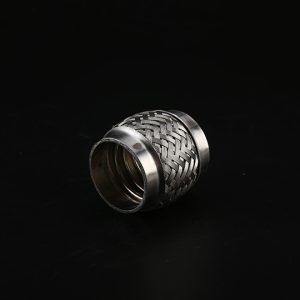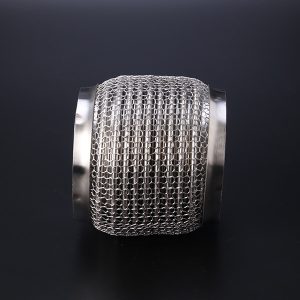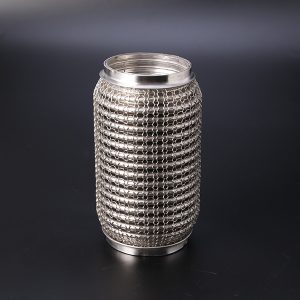


Exhaust systems play a crucial role in the performance of a vehicle. They are responsible for expelling harmful gases and fumes from the engine, reducing noise levels and improving fuel efficiency. One important component of an exhaust system is the exhaust flex pipe.
An exhaust flex pipe is a flexible section of pipe that connects the exhaust manifold to the catalytic converter or muffler. It is designed to absorb vibrations and movements that occur in the exhaust system, which can be caused by engine torque, temperature changes, and road conditions. The flex pipe prevents exhaust leaks and helps to extend the life of other exhaust components by reducing stress and strain on them.
Exhaust hoses are usually made of stainless or aluminized steel. Stainless steel is more durable and corrosion resistant, while aluminized steel is more affordable and lightweight. Flexible tubing is usually covered with a layer of braided or corrugated metal for extra protection and flexibility.
When designing an exhaust system, it is very important to select the correct size and type of hose. The length and diameter of the hose should match the engine and exhaust system to ensure proper fit and function. Hoses that are too small or too large can cause back pressure and reduce performance.
In addition, the location of the flex pipe in the exhaust system is also important. It should be placed in a section of the exhaust that experiences the most movement and vibration. This is typically near the engine or at the connection point to the catalytic converter or muffler.
Regular maintenance of the exhaust system, including the flex pipe, is essential to ensure optimal performance and prevent costly repairs. Signs of a damaged or worn flex pipe include loud noises, exhaust leaks, and reduced fuel efficiency. If any of these symptoms are noticed, the flex pipe should be inspected and replaced as necessary.
From my point of view, the exhaust flex pipe is a critical component in the design and function of an exhaust system. It absorbs vibrations and movements, prevents exhaust leaks, and helps to extend the life of other exhaust components. Proper selection and maintenance of the flex pipe are essential for optimal performance and longevity of the exhaust system.

